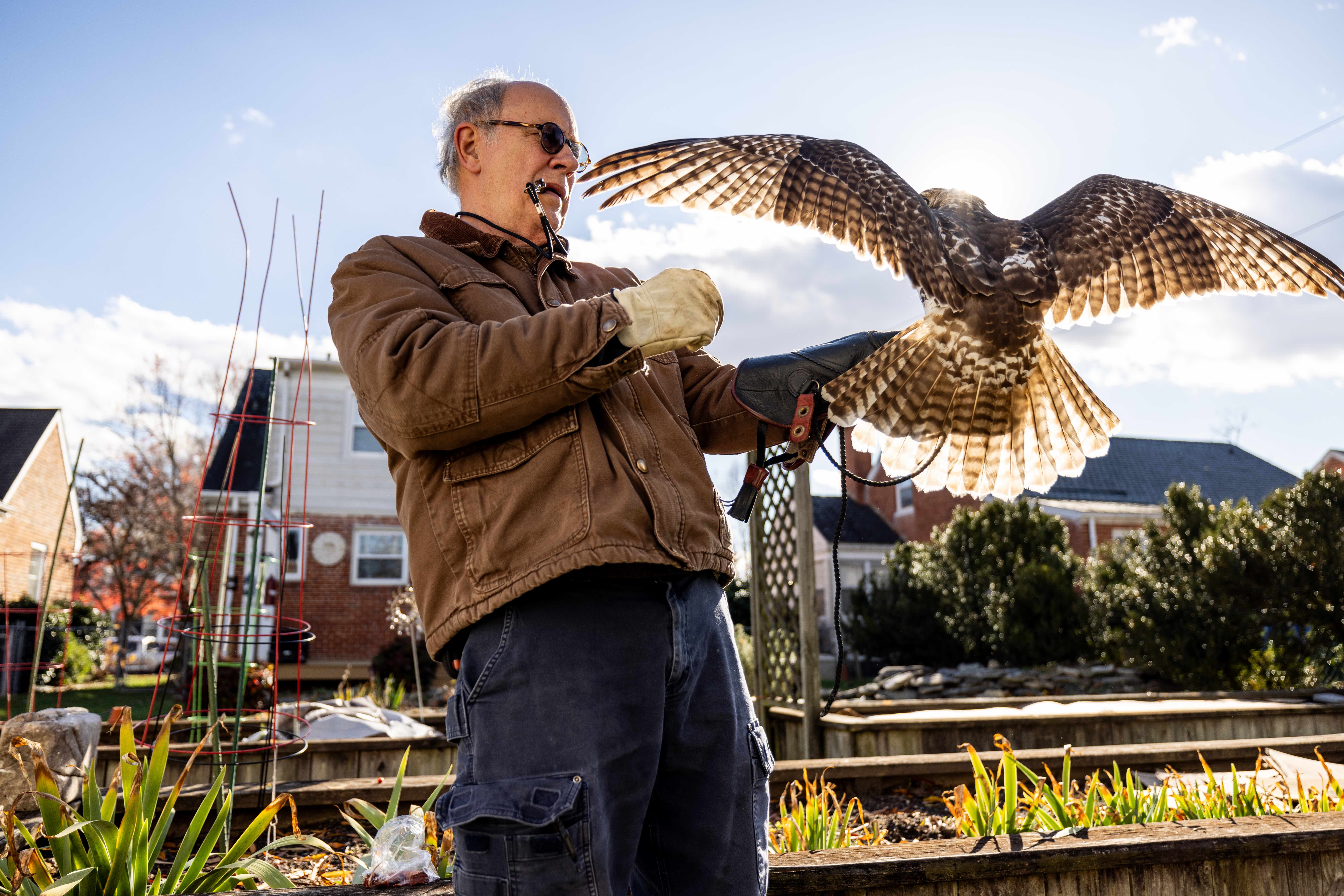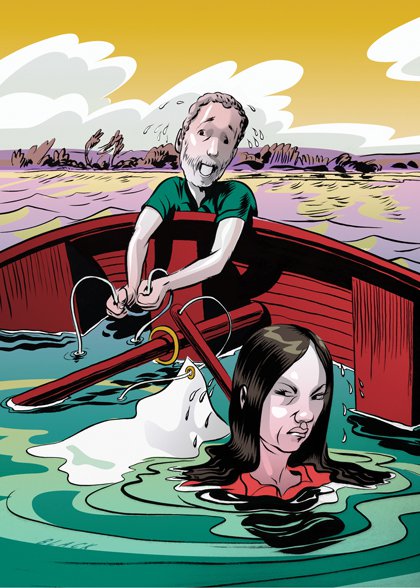Virginia has some black snakes, just don’t call them that.

Here is what you may be surprised to learn about the black snake: there is no such thing in Virginia. That is, there is no snake so named. When you see something long and black slipping through the grass or basking in the sunshine on your back stoop, not only is it not called a “black snake,” it might actually be either one of two different native species of snake, or possibly even a third.
“In Virginia, we have three different species of snake that can be solid black,” explains herpetologist Kory Steele, president of the Virginia Herpetological Society. These snakes would be: the Northern black racer, the Eastern ratsnake, and the sometimes-but-not-always-black Eastern hognose. Though all three are non-venomous, harmless and native to Virginia, it is the first two, according to Steele, that are likely most often confused—and little wonder. For one thing, to the casual observer, at least, the adults look remarkably alike. To complicate matters, both go by a host of vernacular names including—no surprise here—“black snake.” To further confuse the situation, the Eastern ratsnake (Pantherophis alleghaniensis) until quite recently went under the common name Eastern black ratsnake until DNA analysis got it reclassified.
Nevertheless, “These are two very different snakes,” says Ryan Dumas, herpetologist at the National Aquarium in Washington, D.C., who admits that the generic misnomer “black snake” is something of a pet peeve with him and that he would like to set the record straight. So, if you want to hold your head high among herpetologists, how should you tell the difference?
“When you walked up to it, and it slithered away, did it do so at a seemingly supernatural pace?” asks Steele. That’s one check mark for the Northern black racer and also a clear indicator of how the racer got its name. “It barely seems to move its body, but it flies out of there,” says Steele. “I’ve literally had my hands around a racer, and in the second I hesitated to grab it he moved off and I couldn’t get him.”
Is it really long? Not that you’re likely to be taking out your tape measure, but while racers taper out around three to four feet, the Eastern ratsnake is the one snake in Virginia that can grow longer than six feet—the longest Eastern ratsnake on record was more than eight feet. Ratsnakes are also climbers, the ones that slither up trees to raid birds’ nests and make their way into the rafters of barns and garages as well. And the ratsnake is crepuscular, which is to say that it is most active in the twilight hours of dawn and dusk and at night.
The racer, on the other hand, is a daylight hunter. “If it’s daytime, and you see a snake moving fast, it is more likely a black racer,” says Dumas. “A typical posture is that it will hold its head up to take the lay of the land, and it is a very active snake, constantly moving around.” Racers are also more aggressive, both towards prey, which they overpower and consume alive, and towards threats; if cornered, the racer is likely to attempt to strike, and should you try to pick one up (not recommended), “You’re gonna get tagged,” says Steele cheerfully.
As for diet, if you’ve ever seen a black snake eating another snake, that was probably a racer. What the Eastern ratsnake is known for—and among farmers and gardeners much appreciated for—is eating rats and mice and voles and other rodent and bird pests. “They are more effective even than cats, because they can get into smaller areas. They can take out a mouse and its whole family,” says Dumas.
So there you have it. Whatever else you may choose to know (or not) about Virginia’s snakes (and you can learn much more at the Virginia Herpetological Society’s website, VirginiaHerpetologicalSociety.com, should you now ever see a snake of any color, shape, size or length anywhere in the wild in Virginia you will be able to impress your friends and astound your family with your apparent expertise. “I can tell you one thing for certain,” you will declare with perfect equanimity. “It’s definitely not a black snake.”








